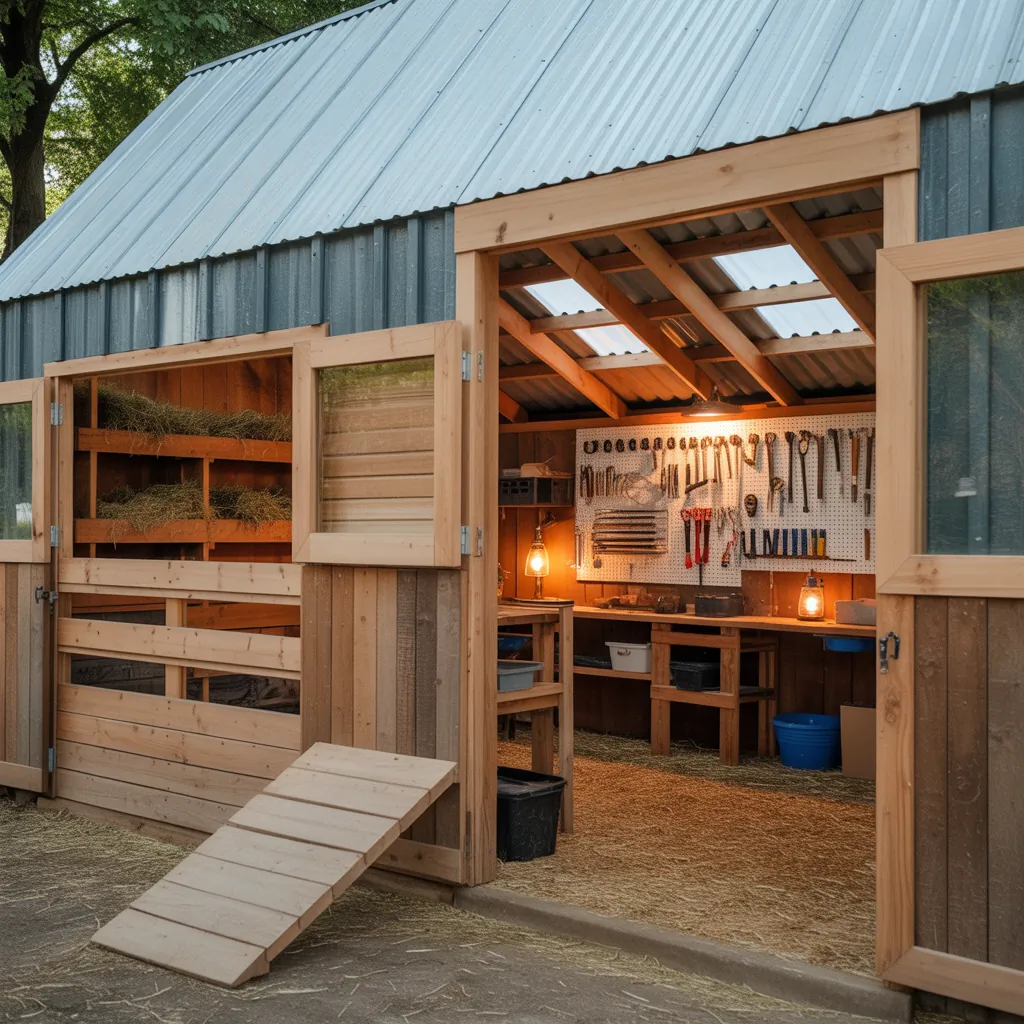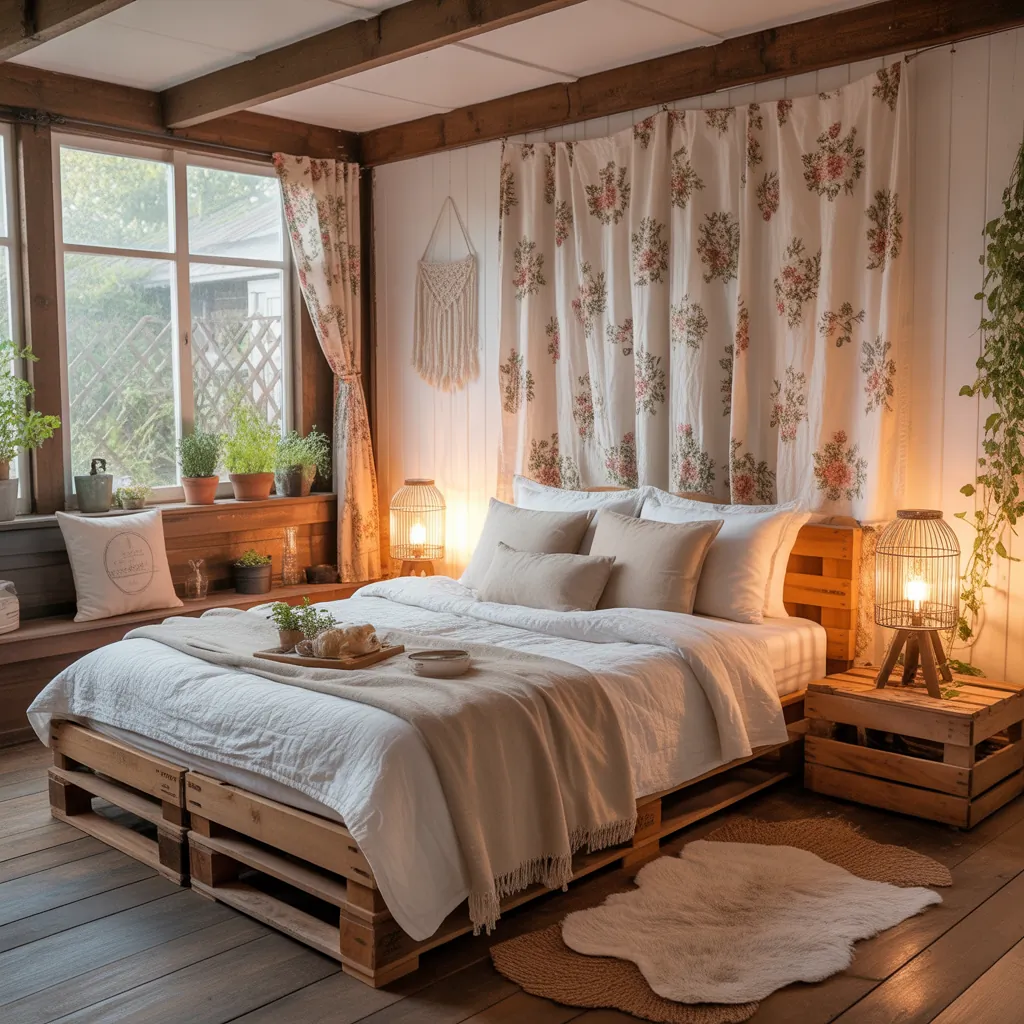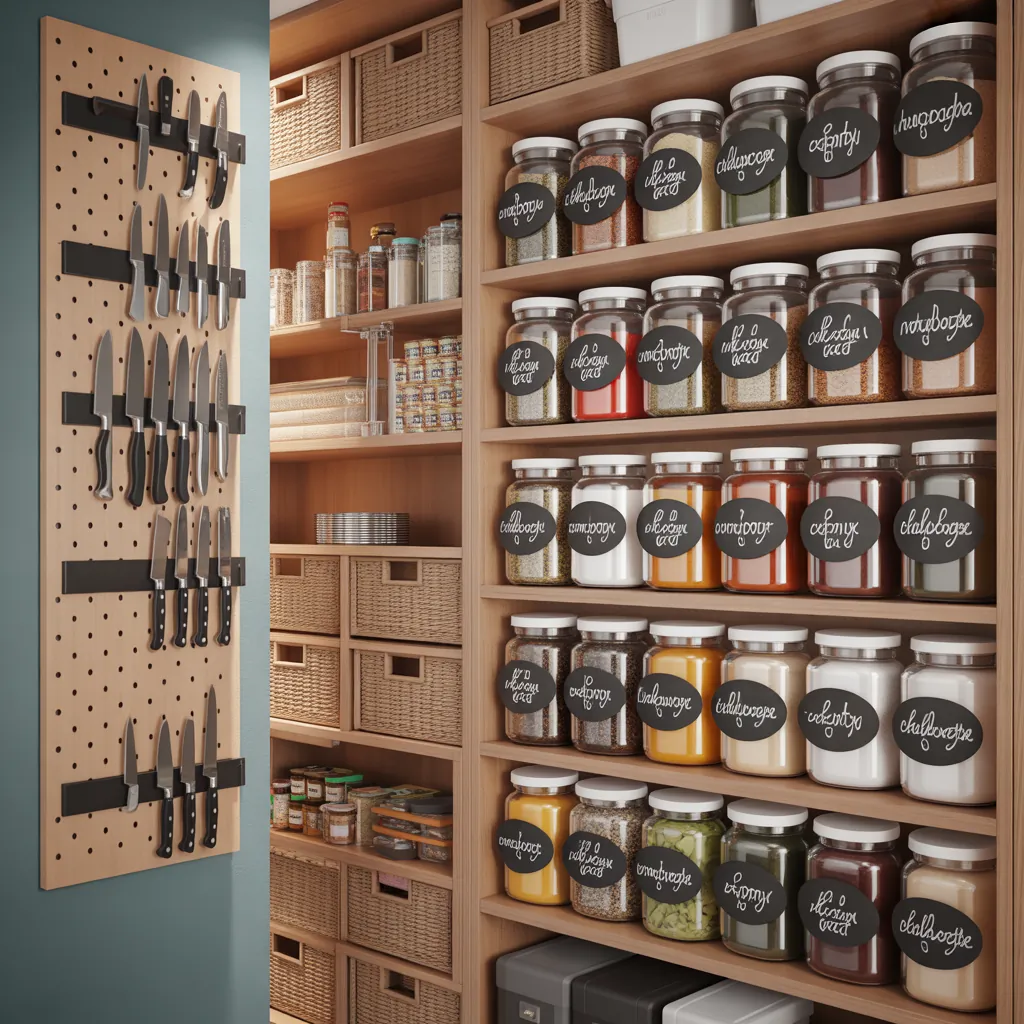Have you ever stood in your backyard, toolbox in hand, wondering how to build a safe, cozy shelter for a few goats without blowing your budget or becoming a full-time carpenter? Whether you’re converting an old shed or starting from scratch, designing a goat-friendly barn is one of those satisfying DIY home improvement projects that pays off in smiles (and milk). In this article you’ll find practical, step-by-step ideas for goat barn projects, design inspiration, and real-world tips that even beginner goat keepers can follow.
Why a Good Goat Barn Design Matters
Goats are curious, nimble, and often mischievous. A well-thought-out goat barn layout keeps them healthy, reduces feed waste, simplifies chores, and protects against predators and bad weather. A smart design also makes cleaning, milking, and kidding easier—saving you time and frustration.
Top ideas for goat barn layouts
Below are layout concepts that suit different herd sizes and budgets, followed by materials and DIY steps to bring them to life.
1. Small hobby herd layout (2–6 goats)
- Single stall barn with attached run: 8–12 ft deep stall with a 10–20 ft fenced run.
- Raised sleeping platform (4–6 inches off the ground) to stay dry in wet seasons.
- One centralized feed station and two hanging hay feeders to minimize waste.
2. Modular or expandable layout (10+ goats)
- Multiple stalls with a central aisle for easy access.
- Maternity/kidding pen that can be closed off when needed.
- Separate tack and feed storage room to keep hay and tools dry.
3. Portable and seasonal goat shelter
- Hoop-house or moveable shed on skids for rotational grazing.
- Lightweight fencing like portable woven wire and T-posts.
- Great for small farms that need flexible grazing management.
Step-by-step: Build a simple DIY goat barn
This plan is for a basic 10×12 small goat shed suitable for 2–4 goats.
- Plan and permit: Check local zoning, setbacks, and required permits. Decide orientation to maximize sunlight and drainage.
- Foundation: For a low-cost option, use concrete piers or a gravel pad with treated skids. Ensure a slight slope (1–2%) for drainage away from the barn.
- Frame and walls: Build a simple timber frame with 2x4s. Use exterior-grade sheathing and metal or corrugated roofing for longevity.
- Flooring: Concrete with rubber mats is ideal for heavy-use areas; for budget builds, use pressure-treated wood with removable mats and a deep straw bedding strategy.
- Doors and ventilation: Install a wide Dutch door (top opens for airflow, bottom closed to contain goats). Add ridge vents or screened ventilation near the roofline for steady airflow.
- Interior fittings: Hang hay feeders off the wall, build a raised kidding box, install nipple or bucket waterers at goat shoulder height, and add secure latches.
- Finish: Weatherproof exterior with paint or stain. Add predator-proofing like hardware cloth under doors, lockable gates, and secure roof overhangs.
Design inspiration and finishing touches
Make your goat barn both functional and attractive with a few design ideas:
- Reclaimed wood siding for a rustic barn look.
- Skylights or clear polycarbonate panels for natural light and warmth.
- Built-in storage benches that double as feed bins.
- Color-coded gates and labels for easy management.
- Decorative pergolas or climbing-plant trellises outside the run to provide shade and a homey look.
Practical tips for durability, comfort, and safety
Real-world experience shows these small details make a big difference:
- Flooring: Avoid slippery surfaces—use grooved concrete or rubber mats and deep dry bedding. Floors should be slightly sloped and easy to clean.
- Ventilation: Goats need fresh air but not drafts at head height. Use high vents and lower sheltered openings.
- Predator proofing: Bury hardware cloth at least 12 inches around perimeters and use strong latches; goats can be surprisingly flexible.
- Feeding: Elevated feeders reduce waste and keep hay clean. Slow-feeders or net hay bags can stretch feed in lean months.
- Water: Use frost-proof waterers in cold climates or insulated buckets; ensure clean water access at all times.
- Space: Provide at least 15–25 sq ft per adult goat in barned space, more if confinement is prolonged.
Cost-saving and eco-friendly options
If you’re on a budget or want greener solutions:
- Repurpose old pallets, fence posts, and reclaimed windows for siding and trim.
- Use a hoop-house frame with used greenhouse plastic for low-cost roofing.
- Install solar-powered lighting for the barn interior and run area.
- Compost manure and bedding to create rich fertilizer—turn waste into a resource.
Maintenance checklist: Keep your goat barn in top shape
- Daily: Check water, feed, fencing, and remove soiled bedding spots.
- Weekly: Inspect for leaks, clean feeders, and sweep aisles.
- Seasonal: Deep-clean bedding, reseal woodwork, check roof and vents, and rodent-proof feed storage.
Frequently Asked Questions
How big should a goat barn be?
For adult goats, aim for 15–25 square feet per goat inside the barn. Pens and runs should add additional outdoor space—about 200–300 sq ft per goat for active exercise, though this varies by breed and management style.
What flooring is best for a goat barn?
Concrete is durable and easy to sanitize when paired with rubber mats to reduce slipping and joint stress. For lower-cost builds, treated wood with removable mats and regular deep-bedding can work well.
Can I convert an old shed into a goat barn?
Yes. Ensure the shed has solid flooring, good ventilation, and can be predator-proofed. Reinforce doors, add proper feeders and waterers, and check that the structure can handle humidity and manure over time.
Conclusion — Start building your ideal goat barn today
Thinking through the ideas for goat barn design, layout, and DIY construction will save you time and money while keeping your herd healthy and happy. Start small, plan for ventilation and drainage, and use affordable solutions like reclaimed materials and modular designs. If you’re ready to take on a project, sketch a layout, gather basic tools, and begin with a simple shed conversion or a 10×12 build.
Want more project inspiration? Check out our pages on DIY projects, explore practical home design ideas, or see how barn-style elements can improve indoor living via our kitchen upgrades content. Ready to build? Share your barn plans in the comments or start your build today and tag your photos—your fellow goat keepers will thank you.



